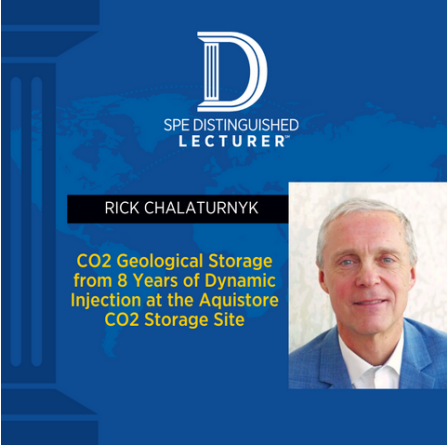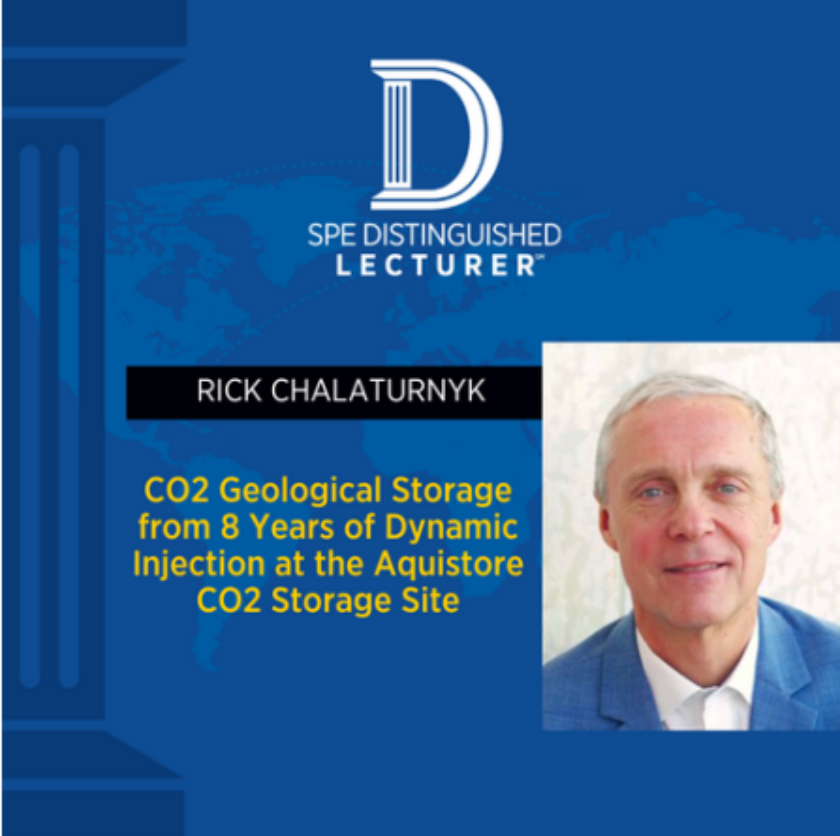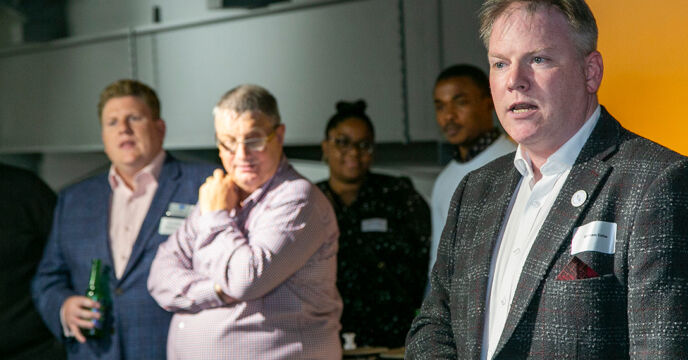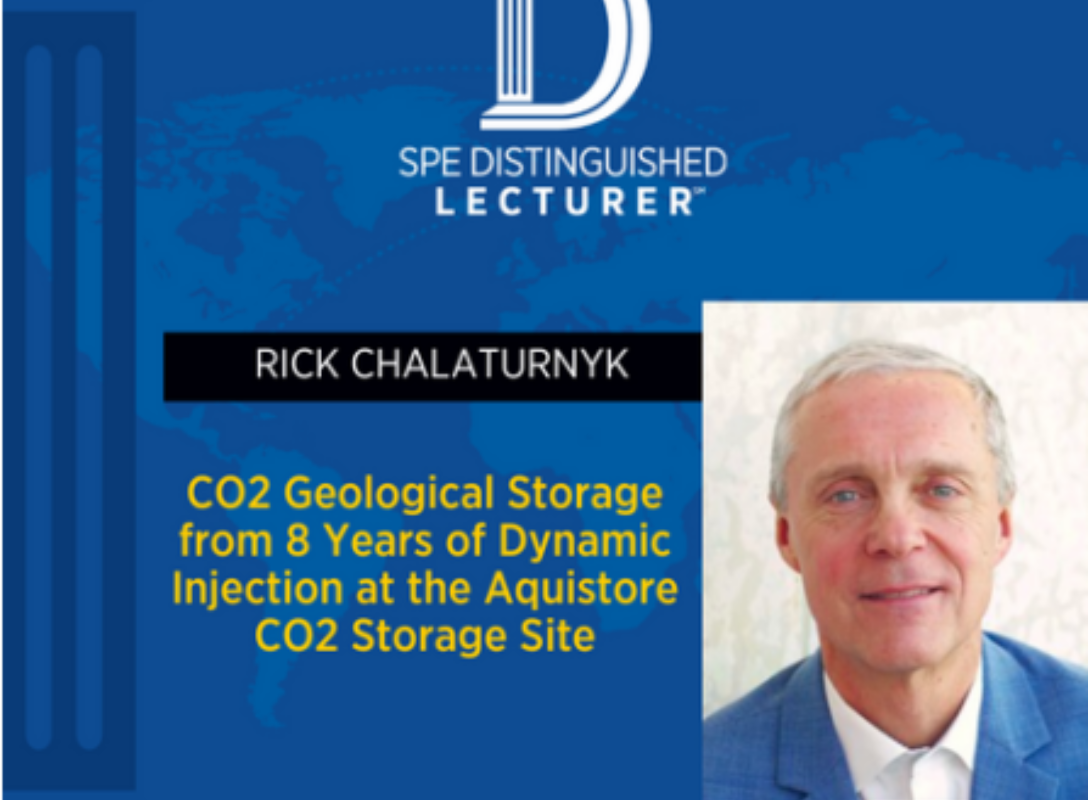Advertisement

8 years of CCS at the Aquistore CO2 Storage Site with SPE International Distinguished Lecturer Rick Chalaturnyk
Monday 15th January 2024 at 6.00pm
Location: Union Kirk, 333 Union Street, Aberdeen AB11 6BS (access from Langstane Place)
Do not underestimate the complexity of CO2 injection behaviour for full scale projects
The Aquistore CO2 Storage Project is an integral component of SaskPower’s Boundary Dam CO2 Capture Project located in southeastern Saskatchewan, Canada. Operational synergies between the capture facility (supply) and CO2-EOR (demand) also require excess CO2 to be transported via pipeline to the Aquistore site where it is injected into a hyper-saline fluid filled sandstone formation at approximately 3300 m depth. The reservoir temperature is approximately 120 °C, and average reservoir pressure is 35 MPa. Preliminary laboratory measurements on core plugs gave average values of porosity and permeability, 6% and 5 mD respectively. The Aquistore site includes one injection well and one observation well approximately 150m offset from the injection well. Both wells are completed with various measurement and monitoring equipment, including distributed temperature sensing lines (DTS), distributed acoustic sensing line (DAS) and tubing/casing-conveyed pressure gauges at different levels to measure pressure and temperature changes downhole during to CO2 injection.

This presentation focuses on dynamic responses that have been recorded since the completion of the CO2 injection well and the start of CO2 injection began on April 16, 2015 and discusses issues ranging from well integrity to reservoir simulation to seismic monitoring. This unprecedented opportunity to collect monitoring data on the dynamics of phase changes (i.e. supercritical to liquid to gas phase shifts) from the wellhead to the geological formation associated with CO2 injection. Real time monitoring data of these phase changes in the injection stream under fully integrated operational conditions provides unparalleled information for understanding geological storage under these conditions and optimizing completion systems.
Rick Chalaturnyk is a Professor of Geotechnical Engineering at the University of Alberta and holds an NSERC/Energi Simulation Industrial Research Chair in Reservoir Geomechanics. His Reservoir Geomechanics Research Group focusses primarily on subsurface processes related to energy processes. He has established four unique GeoInnovation Environments, which includes 3D printing of rocks, high temperature/pressure reservoir geomechanical testing capability and a geotechnical beam centrifuge. Rick has over 20 years’ experience in CCUS projects, is currently working with PTRC and SaskPower in the Aquistore Project, is pursuing the integration of CO2 storage and geothermal opportunities and is involved with several other international CCS initiatives.
Come and join us on Monday 15th January 2024 for this special networking dinner with SPE International Distinguished Lecturer, Rick Chalaturnyk.
The presentation and Q&A will be followed by networking and a two course dinner with soft drink or wine.










